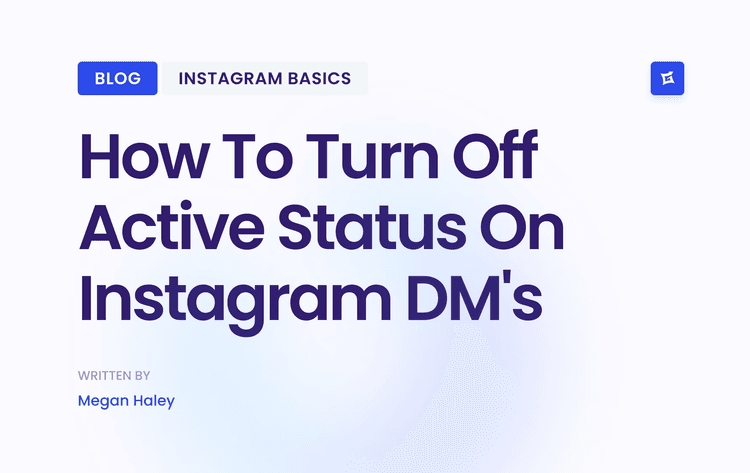Understanding Modern Social Media Crises
The Evolution of Social Media Crises
The nature of social media crises has changed dramatically. What used to be small, contained incidents can now spread globally in minutes. A single controversial tweet might be shared thousands of times before a company can respond. With social platforms active 24/7, problems can emerge at any moment, requiring constant monitoring and quick action. The speed at which facts and misinformation spread means old crisis plans designed for traditional media don't work anymore.
Why Traditional Playbooks Fail
The old approach of having one spokesperson deliver carefully scripted messages doesn't work in today's social media environment. Crisis management now requires multiple team members who can naturally engage different audiences across various platforms. Teams need updated training, clear guidelines, and the flexibility to adapt messages for each channel. The demand for instant responses has also made lengthy approval processes impractical.
The Rise of Proactive Social Media Crisis Management
The growing importance of managing social media crises is clear from the industry's rapid expansion. The market for social media crisis management services reached USD 1.88 billion in 2023 and is set to grow at 21% annually through 2032. Learn more about market growth trends. Success today requires getting ahead of problems - not just reacting to them. This means actively tracking conversations, spotting potential issues early, and building relationships with key voices in your community before problems arise. Smart brands invest in monitoring tools, staff training, and clear communication plans. Being prepared helps companies respond quickly and maintain control when issues emerge.
Building Your Crisis Response Framework
When a social media crisis hits, having a solid response plan makes all the difference. A well-built crisis response framework provides your team with clear direction and helps maintain control when challenges arise. By preparing in advance, you can protect your brand and respond effectively rather than scrambling to catch up.
Establishing a Dedicated Crisis Response Team
Start by forming a strong crisis response team that brings together key people from different departments. You'll want representatives from customer service, legal, marketing, and product teams to ensure diverse expertise and perspectives. Make sure everyone knows their specific role to avoid confusion during critical moments.
Defining Roles and Responsibilities
Clear roles empower team members to take decisive action. Your core team should include positions like Crisis Manager, Communications Lead, Social Media Monitor, and Legal Counsel. For instance, while the Crisis Manager coordinates the overall response, the Social Media Monitor tracks online conversations to spot potential issues early. This structure helps everyone work efficiently toward common goals.
Creating Clear Communication Channels
Strong communication can make or break your crisis response. Set up dedicated channels for internal team discussions and external updates - whether through Slack, email groups, or crisis management software. Having protocols ensures your team stays aligned and can make quick decisions when needed.
Developing Flexible Response Plans
While having a basic template helps, remember that each crisis is unique. Your crisis response plan should adapt to different situations. Think of various scenarios - from product issues to viral customer complaints - and develop appropriate strategies for each. Being prepared but flexible is key to handling any challenge effectively. You might be interested in: How to master scaling your business.
Crisis Response Team Roles & Responsibilities
Crisis Manager responsibilities are overseeing responses, making key decisions, and delegating tasks. Required skills are leadership, decision-making, and communication
Communications Lead responsibilities are creating messages, handling media, and managing statements. Required skills are Public speaking, writing, and media relations.
Social Media Monitor responsibilities are Tracking conversations, spotting threats, engage users. Required skills are social media expertise and analytical skills.
Legal counsel's responsibilities are reviewing legal risks, checking communications, and ensuring compliance. Required skills are legal expertise and risk assessment.
With this framework in place, your team can act quickly and effectively when issues arise. Having these elements ready beforehand helps minimize damage and maintain your brand's reputation during difficult times.
Mastering Real-Time Monitoring and Analytics
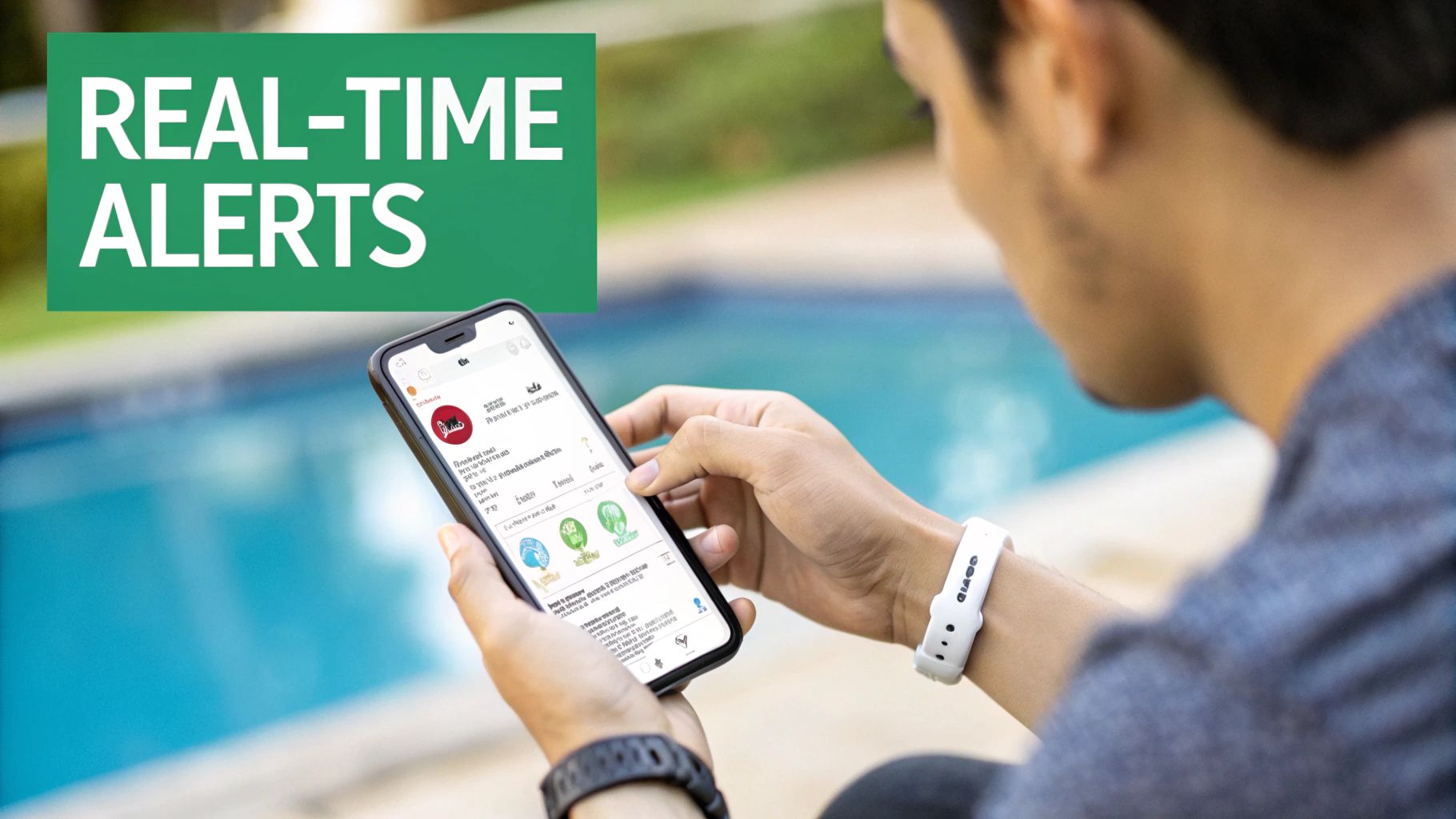
Good crisis management needs constant monitoring - you can't fight a fire you don't know about. Social media crisis management works best when you spot potential issues early before they grow into major problems. This means putting monitoring systems in place to track what people are saying about your brand online.
Setting Up Early Warning Systems
Think of your brand monitoring like a radar system scanning for storms ahead. Modern social listening tools combined with human analysis give you the full picture. While tools track mentions and sentiment automatically, you need people to understand the context and catch subtle warning signs. This dual approach helps you address problems before they escalate.
Identifying Key Metrics for Crisis Tracking
Just like doctors monitor vital signs, you need to watch specific metrics to gauge your brand's health online:
Volume of Mentions: Watch for sudden spikes in brand mentions, especially negative ones
Sentiment Analysis: Track if conversations about your brand turn more positive or negative
Reach and Engagement: See how far negative content spreads and how many people interact with it
Influencer Activity: Monitor if key industry voices start criticizing your brand
These metrics guide your response strategy. Social analytics also show how fast issues spread and who's driving conversations. This matters since 68% of Americans now get news through social media. Learn more about social analytics in crisis management.
Building Monitoring Protocols That Scale
As you grow, your monitoring needs to grow too. Focus on:
Keyword Monitoring: Track your brand name, products, and key industry terms
Alert Thresholds: Set triggers for team notifications - like a 20% jump in negative comments
Reporting and Analysis: Regularly review data to spot trends and risks early
Interpreting Social Data Signals Effectively
Raw data isn't enough - your team needs to understand what it means:
Contextual Analysis: Look at the full conversation, not just isolated comments
Sentiment Nuance: Use AI tools as a starting point, but rely on human judgment for emotional context
Pattern Recognition: Find recurring themes in customer feedback
By mastering monitoring and analytics, you'll catch issues early and protect your brand's reputation. The key is combining smart tools with human insight to stay ahead of potential problems.
Crafting Crisis Communications That Connect

Getting your message right during a crisis can make or break how people perceive your brand. Social media crisis management isn't just about having canned responses ready - it's about connecting with your audience authentically while maintaining control of the situation.
Balancing Authenticity and Authority
When a crisis hits, people want two things: honest information and confidence that someone is in charge. Think of how experienced pilot communicates during turbulence - they acknowledge what's happening while reassuring passengers they have things under control. Your crisis communications should strike that same balance.
Frameworks for Effective Crisis Response
Here are the key elements every crisis message needs:
Acknowledgement: Face the issue head-on without minimizing it
Explanation: Share clear facts about what happened and your response
Apology (when needed): Take real responsibility, not just empty words
Solution: Spell out specific steps you're taking to fix things
Commitment: Reinforce your values and dedication to customers
For instance, if customers report product issues, acknowledge their concerns, explain what went wrong, apologize sincerely, outline your fix, and emphasize your commitment to quality.
Adapting Your Tone Across Platforms
A formal corporate statement that works on LinkedIn might feel stiff on Twitter. While you need to match each platform's style, your core message should stay consistent. It's like translating for different audiences - you adjust the language but keep the story intact.
Message Consistency Across Platforms
Keep your main points consistent even as you adapt your tone. Mixed messages breed confusion and erode trust. Create a central source of approved messaging that everyone can reference. This becomes especially critical when multiple team members manage different social accounts.
Practical Templates and Real-World Examples
Having flexible templates ready for common crisis scenarios saves precious time when issues arise. Study how other brands handled similar situations - both their successes and failures offer valuable lessons. A thoughtful analysis of past crisis responses helps shape smarter strategies.
Crisis Response Message Framework
Product Defect:
When a company faces a product defect crisis, the messaging approach should be apologetic and solution-focused. The key elements include acknowledging the defect, outlining steps to fix it, and offering compensation. An example of such a message is: "We're aware of the issue with X product and are working on a fix. Affected customers will receive a full refund."Misinformation:
In cases of misinformation, the company should take a corrective and factual approach. The message should include a clear statement of facts, debunk false claims, and provide links to credible sources. An example message could be: "Contrary to online rumors, our company does not engage in X practice. See our website for our official statement."Customer Service Issue:
When dealing with customer service issues, the approach should be empathetic and service-oriented. The company should acknowledge the problem, apologize for the inconvenience, and detail steps to improve service. A sample message might be: "We apologize for the long wait times customers have experienced recently. We're adding more staff to address this."
Building real connections through clear, honest communication helps organizations weather social media crises and come out stronger. Remember that good crisis communication isn't just what you say - it's how you make people feel heard and supported.
Building Stakeholder Trust During Crisis
Managing trust in a social media crisis requires clear communication and strong relationships with stakeholders to successfully navigate difficult situations. Your strategy needs to consider all stakeholders - from customers and employees to media partners and investors - each with unique concerns that require attention.
Understanding Your Key Stakeholders
Before a crisis hits, create a detailed stakeholder map outlining each group's connection to your organization. Think of this as building your crisis contact list. Clarifying who to prioritize and how to reach them quickly makes a huge difference in managing challenging situations effectively.
Crafting Targeted Messages for Each Stakeholder Group
Different stakeholder groups need different types of communication during a crisis. Employees want to know about job security and internal changes. Customers need information about direct impacts. Investors require financial updates, while media partners need accurate and timely news to report. Keep core messages consistent while adjusting the tone and details for each audience.
Turning Critics into Advocates
Managing negative online feedback requires a careful approach. Respond to criticism openly and with empathy - this can help grow critics into supporters. For example, when a customer posts about a product issue, a quick, genuine apology, and clear solution shows you care about making things right. This builds trust with both the customer and others watching. Learn more in our article about How to master scaling your business with your brand.
Empowering Employee Ambassadors
Your team members can be powerful voices during a crisis. Give them accurate information and support them in sharing updates through their networks. Well-informed employees become trusted messengers who can reassure customers and showcase your values. This requires clear internal updates and proper training to help everyone respond effectively.
Building Authentic Media Relationships
Strong connections with journalists and media outlets help you manage crisis narratives. Be quick to share accurate information and make yourself available for questions. Good media relationships lead to more balanced coverage. Consider offering select media partners early access to updates to help shape public understanding.
Stakeholder Mapping and Relationship Management in High-Pressure Situations
Customers:
Companies communicate with customers through social media, email, and website updates. The key message should focus on how the crisis impacts them, the solutions implemented, and the ongoing support available.Employees:
Internal memos, town hall meetings, and dedicated communication platforms are used to inform employees. The main message should emphasize job security, internal processes during the crisis, and their role in the solution.Investors:
Press releases, investor relations websites, and direct communication channels are used to update investors. The message should provide transparent updates on the financial impact of the crisis and the company's long-term strategy.Media Partners:
Press conferences, exclusive interviews, and press releases are used to engage with media partners. The key message should offer timely and accurate information while ensuring availability for questions.
Building strong relationships with stakeholders before a crisis hits creates a support network that helps weather difficult times. This means regular engagement, open communication, and a real commitment to addressing concerns. Having these connections in place makes a big difference in how stakeholders view your crisis response.
Learning and Growing From Crisis
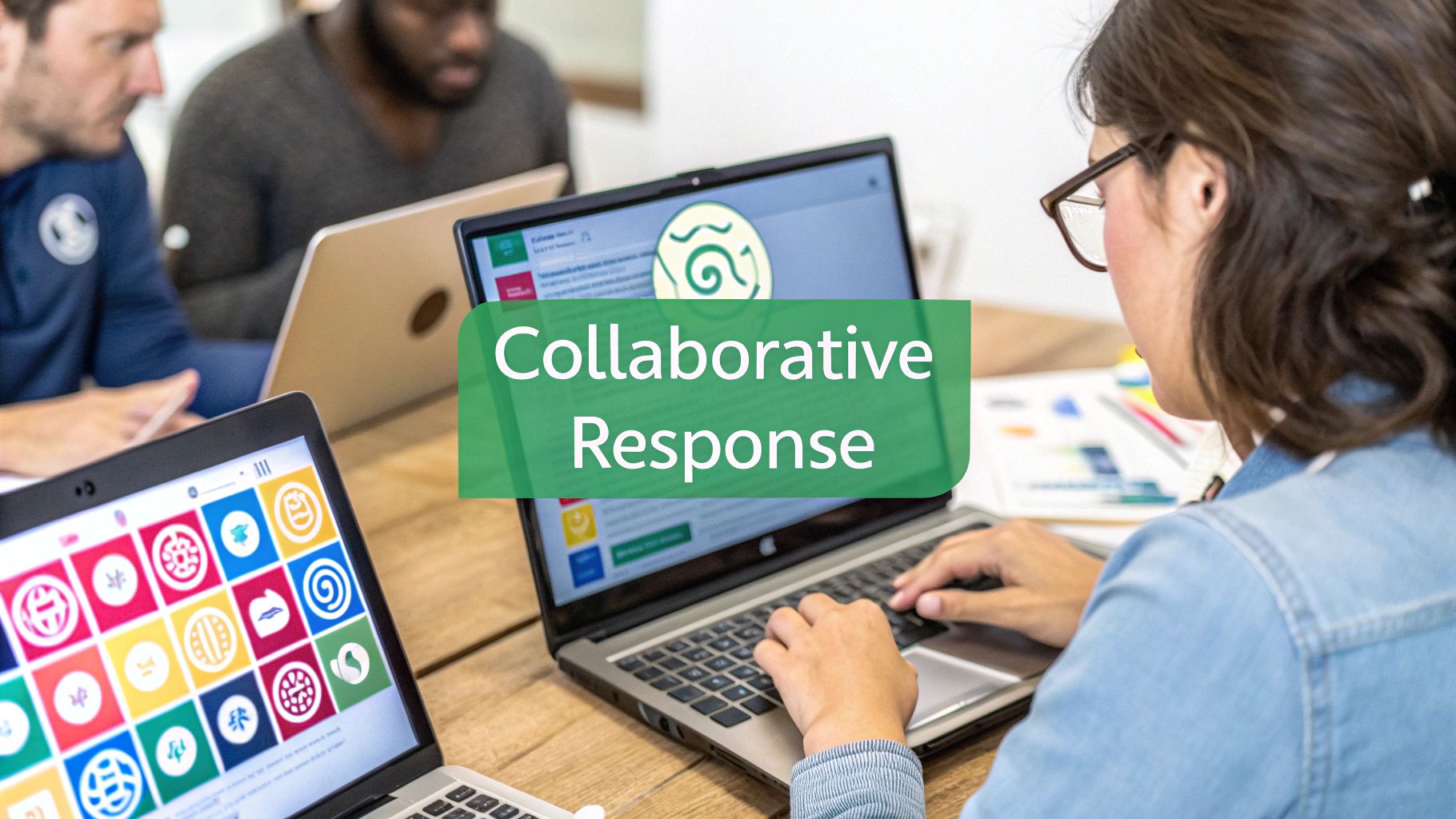
When social media crises hit, they create opportunities to improve and build stronger systems. The best brands view social media crisis management not just as putting out fires, but as a chance to strengthen their organizations for the future. This involves careful analysis after incidents and making smart adjustments to strategies based on new insights.
Conducting Meaningful Post-Mortems
Think of a post-mortem like a sports team reviewing a game film - it's about understanding what happened and getting better, not pointing fingers. Top companies examine every crisis carefully, no matter how minor, to spot patterns and areas for improvement.
Implementing Lessons Learned
Finding weak spots is just the beginning. Real progress comes from making concrete changes based on what you discover. This could mean updating your response plans, improving how teams communicate, or getting better monitoring tools. For example, if you were slow to respond, you might streamline your approval process. You might be interested in: How to master social proof and reviews.
Strengthening Team Capabilities
Crises often reveal where teams need more support or training. Maybe your staff needs deeper knowledge of certain social platforms, or practice handling tough customer conversations. Investing in these skills makes your whole team more prepared.
Building Organizational Resilience
Successfully managing crises makes your organization more capable of handling future challenges. Like building muscle through exercise, each experience makes you stronger. When you learn from past events, you create a more robust brand.
From Crisis to Opportunity: Enhancing Reputation and Deepening Stakeholder Trust
Managing a crisis well can boost your reputation. When you handle tough situations with openness and genuine concern, it shows people what your brand truly stands for. This builds lasting trust with your audience.
Key Steps for Post-Crisis Growth
Honest Assessment: Take a clear look at successes and failures
Actionable Insights: Create specific improvement plans
Continuous Improvement: Make learning an ongoing habit
Shared Knowledge: Record and share lessons across teams
When you embrace these principles, difficult situations become stepping stones to a stronger brand. Don't just survive crises - use them to build something better.
Ready to grow your Instagram following the right way? Gainsty, the AI-powered social assistant, helps you attract real followers and boost engagement. Learn more and sign up today.
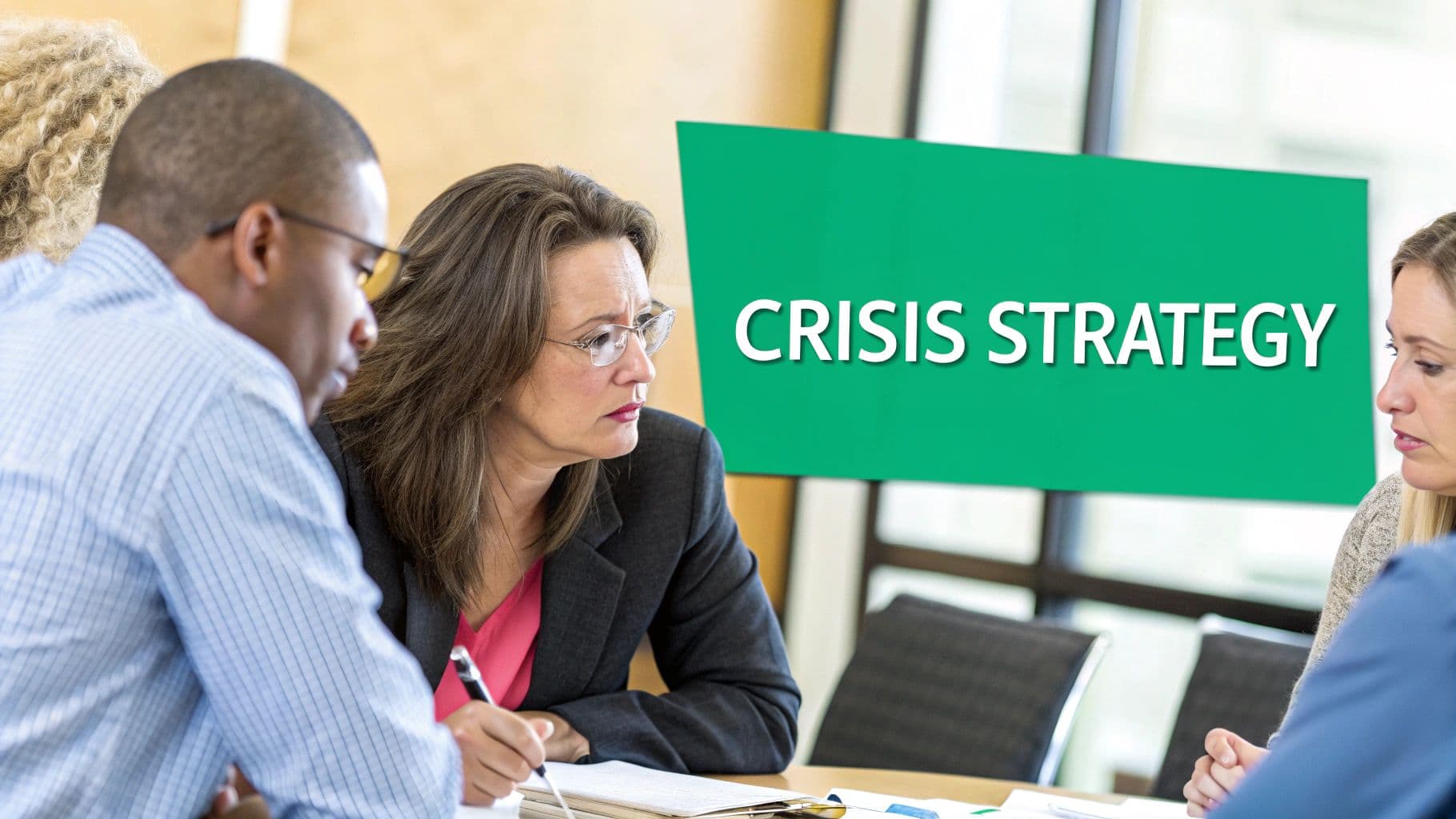

.png&w=1920&q=75&dpl=dpl_9XSWKBjhcBN6v6b1SN7m3p1WWjfr)


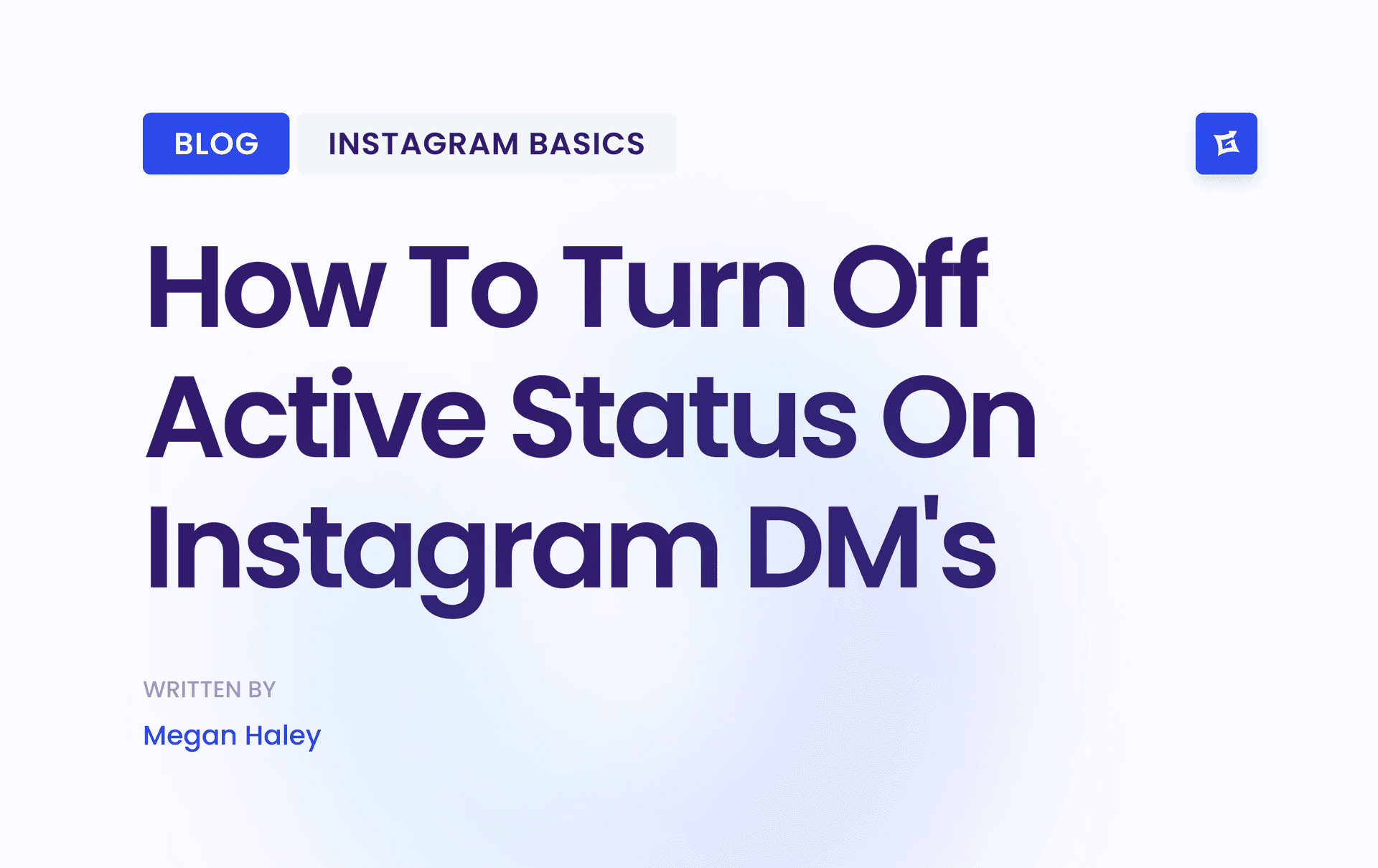





.png&w=750&q=75&dpl=dpl_9XSWKBjhcBN6v6b1SN7m3p1WWjfr)


